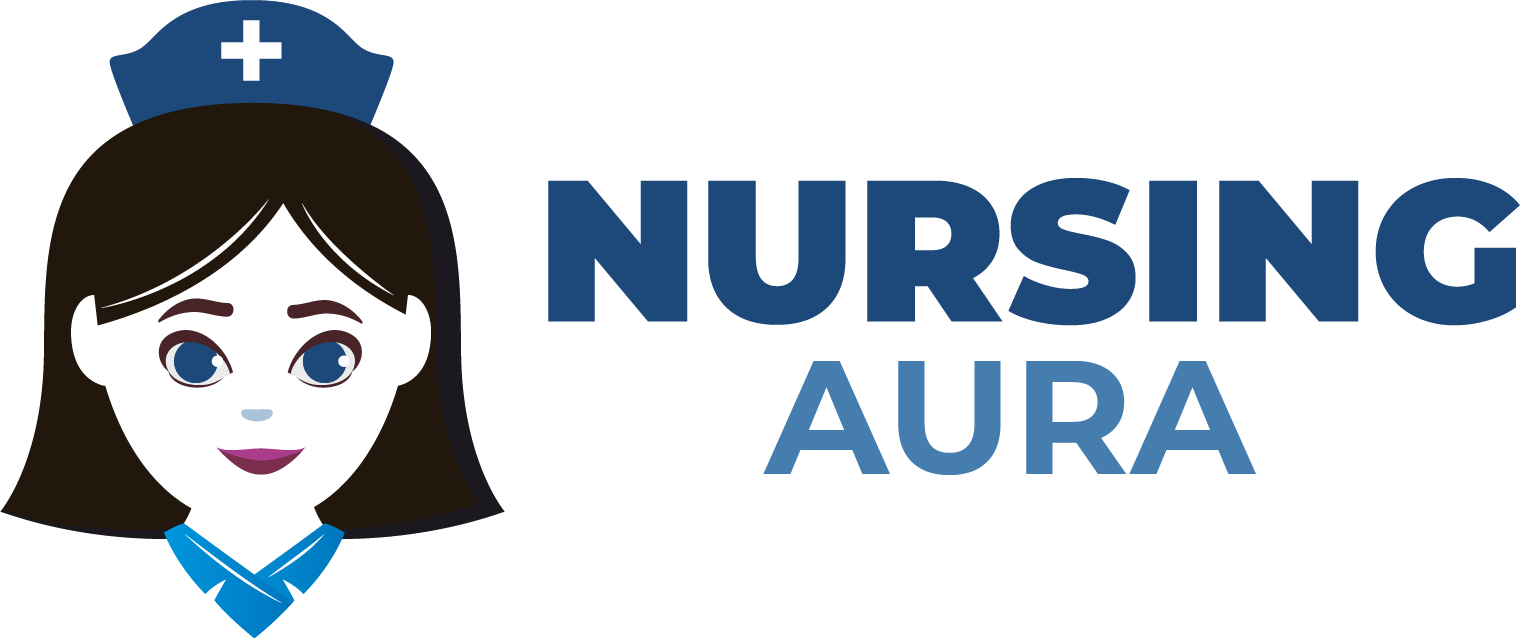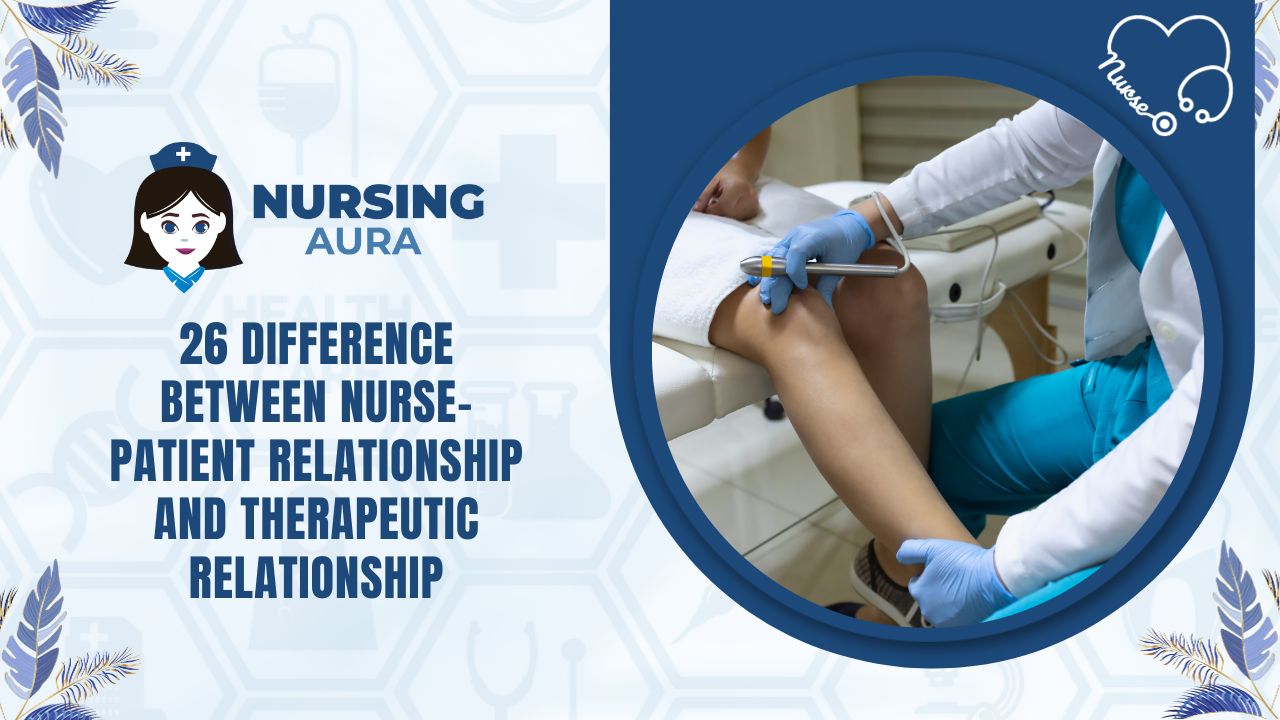At the heart of healthcare interactions are nurse-patient and therapy relationships, which serve different but interrelated functions. Professional relationships between healthcare providers, usually nurses, and patients are called nurse-patient relationships. It emphasizes medical procedures, physical care, and efficient healthcare delivery. For patient safety and privacy, this partnership has clear boundaries and ethical requirements. Focus on the patient’s current health requirements, give accurate information, and provide treatments in a courteous and sensitive manner.
Therapeutic relationships go beyond clinical care. This emotional and comprehensive connection goes beyond medical demands. In a therapeutic relationship, a therapist or counselor helps the patient address their physical, emotional, psychological, and social well-being. Using trust, empathy, and active listening, this connection helps patients manage their emotions, thoughts, and actions. Healing in mental health, addiction treatment, and counseling entails greater emotional inquiry and support in therapeutic partnerships.
They differ mostly in scope and intent. A therapeutic connection focuses on the patient’s emotional and psychological well-being to promote holistic recovery, whereas a nurse-patient interaction addresses urgent physical demands. Both interactions follow ethical norms like confidentiality and patient liberty to provide dignified and compassionate care. Health providers must understand these disparities to provide patient-centered, holistic treatment that covers all elements of well-being.
|
S.No. |
Aspects |
Nurse-Patient Relationship |
Therapeutic Relationship |
|
1. |
Purpose |
Delivering healthcare services |
Promoting psychological well-being |
|
2. |
Focus |
Physical health |
Emotional and psychological health |
|
3. |
Boundaries |
Defined by professional standards |
Defined by mutual respect and confidentiality |
|
4. |
Scope |
Clinical treatment and care |
Emotional support and guidance |
|
5. |
Goal |
Enhancing physical recovery |
Facilitating mental and emotional healing |
|
6. |
Dynamics |
Task-oriented and directive |
Person-centered and collaborative |
|
7. |
Professionalism |
Compliance with medical ethics |
Adherence to therapeutic principles and ethics |
|
8. |
Authority |
Informed by medical expertise |
Balanced power dynamics for mutual growth |
|
9. |
Communication |
Emphasis on conveying medical information |
Focus on empathetic listening and understanding |
|
10. |
Duration |
Time-limited during hospitalization |
Long-term or periodic sessions depending on the need |
|
11. |
Emotional involvement |
Limited emotional involvement |
Encouraged emotional involvement within professional limits |
|
12. |
Documentation |
Medical records and treatment plans |
Progress notes and therapeutic interventions |
|
13. |
Approach |
Task-focused and problem-solving |
Client-centered and empathetic |
|
14. |
Confidentiality |
Maintained as per healthcare regulations |
Prioritized to build trust and foster open communication |
|
15. |
Outcome |
Physical recovery and wellness |
Emotional resilience and improved coping mechanisms |
|
16. |
Follow-up |
Periodic follow-up for medical assessment |
Ongoing support and assessment of emotional well-being |
|
17. |
Techniques |
Medical procedures and protocols |
Psychological counseling techniques and interventions |
|
18. |
Dependency |
Patient depends on nurse for medical needs |
Mutual reliance for emotional support and guidance |
|
19. |
Flexibility |
Limited due to structured healthcare setting |
Flexible based on the evolving emotional needs of the client |
|
20. |
Legal implications |
Governed by medical laws and regulations |
Governed by therapeutic guidelines and ethical principles |
|
21. |
Client participation |
Informed consent for medical procedures |
Active participation in the therapeutic process |
|
22. |
Expectations |
Compliance with treatment and care plan |
Openness and commitment to self-exploration and growth |
|
23. |
Role of emotions |
Often secondary to medical intervention |
Central to the process of healing and personal growth |
|
24. |
Empowerment |
Empowerment through informed decision-making |
Empowerment through self-awareness and personal development |
|
25. |
Assessment focus |
Physical health assessment |
Psychological and emotional assessment |
|
26. |
Approach to problems |
Diagnosis-oriented approach |
Holistic and individualized problem-solving approach |
Frequently Asked Questions (FAQs)
Q1.What's the nurse-patient relationship's main goal?
Nurse-patient relationships focus on clinical care and medical therapy. This connection requires nurses to monitor vital signs, give medications, and follow treatment regimens. It is usually task-oriented and tries to accomplish clinical objectives during the patient’s hospital stay or care episode.
Q2. How do Therapeutic Relationships differ from Nurse-Patient Relationships?
A therapeutic relationship goes beyond clinical responsibilities and is more comprehensive. It stresses emotional support, empathy, active listening, and open communication, unlike the Nurse-Patient Relationship. It focuses on patient well-being, including emotional and psychological healing. This partnership may last and entail more trust and teamwork.
Q3. Can a nurse-patient relationship provide emotional support and empathy?
A Nurse-Patient Relationship focuses on clinical treatment but can include emotional support and empathy. These are secondary to clinical duties. Instead, a Therapeutic Relationship emphasizes emotional support and empathy as vital patient treatment.
Q4. Do these partnerships last differently?
Nurse-patient and Therapeutic Relationships differ in length. Short-term nurse-patient relationships extend only as long as the patient’s hospital stay or care episode. Instead, a Therapeutic Relationship can last a long time, especially in mental health or chronic illness treatment, when continual support and counseling are essential.
Q5. How do limits and self-disclosure change between relationships?
Nurse-patient relationships have stringent professional limits for objectivity and patient-centered care. Only clinical information is self-disclosure. Therapeutic Relationships require regulated self-disclosure by the healthcare professional to build trust and rapport. This helps patients feel more comfortable sharing their views and concerns, improving communication and understanding.

